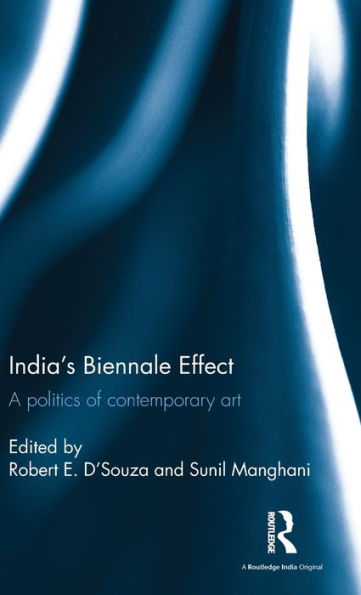5
1
9781138203525



India's Biennale Effect: A politics of contemporary art / Edition 1 available in Hardcover, eBook

India's Biennale Effect: A politics of contemporary art / Edition 1
- ISBN-10:
- 1138203521
- ISBN-13:
- 9781138203525
- Pub. Date:
- 09/20/2016
- Publisher:
- Taylor & Francis
- ISBN-10:
- 1138203521
- ISBN-13:
- 9781138203525
- Pub. Date:
- 09/20/2016
- Publisher:
- Taylor & Francis

India's Biennale Effect: A politics of contemporary art / Edition 1
$200.0
Current price is , Original price is $200.0. You
200.0
In Stock

Product Details
| ISBN-13: | 9781138203525 |
|---|---|
| Publisher: | Taylor & Francis |
| Publication date: | 09/20/2016 |
| Pages: | 292 |
| Product dimensions: | 5.44(w) x 8.50(h) x (d) |
About the Author
From the B&N Reads Blog
